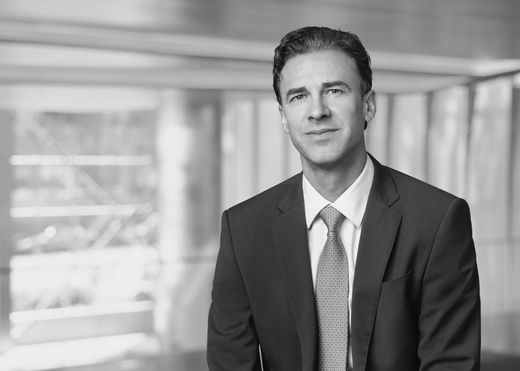S&P Covers Akin Gump Webinar on Executive Order Blocking Use of Foreign-Sourced Equipment in the U.S. Electric Grid

Contact:
A recent Akin Gump webinar on an executive order by President Trump blocking the purchase of power systems and equipment from foreign adversaries was the focus of the S&P Global Market Intelligence article “Attorneys say executive order’s blow to renewables may have been overstated.”
The article states that the executive order is positioned as a crackdown on cybersecurity threats to the electric grid. It comes at a time when new protocols, including supply chain risk-management plans, have been delayed in order to free up resources for the coronavirus pandemic response.
Public law and policy partner Clete Willems said the order’s origins likely date back to 2017 when the Trump administration adopted strategies that “clearly articulated for the first time that the United States should view China as a strategic competitor.” But increasing tensions, partly due to the administration’s frustration with Beijing’s handling of the pandemic as well as presidential election politicking, presented a window for the release of the executive order, said Willems.
The real focus of the order, though, along with the subsequent risk lies with very large projects that would interconnect at a high voltage, the article says. “That may cover a significant amount of the market, but my sense is that there's a much larger portion of the market that is probably not going to be subject to the executive order when you look at it from the perspective of interconnecting below 69 kV,” said Dan Sinaiko, co-leader of the firm’s global project finance practice.
Chip Cannon, head of Akin Gump’s energy regulation, markets and enforcement practice, added that projects interconnecting at the distribution level or at a voltage below 69 kV are not within the order’s scope. As a practical matter, that “carves out a large chunk of solar,” he said.
Cannon added that even though the executive order “is fairly broadly worded and the definition of the bulk power system is fairly broadly worded, [the Department of Energy has indicated] it will take a very surgical and specific approach to seeing whether or not any of these items could really have a catastrophic effect on the bulk power system.”
Given the ambiguity of the order, which the article says leaves an unclear definition of the bulk power system or what it considers a large generator, international trade partner Shiva Aminian said DOE’s implementing regulations will therefore be “the key and the heart of how the government's going to approach this new law.”
Cannon suggested that he did not believe the order’s impact is intended or will be disruptive to the power industry. “I do think that the process for getting to the final rules is something that the industry should focus on; it’s something they should care about.”
To learn more about the executive order, click here to read an Akin Gump client alert.



